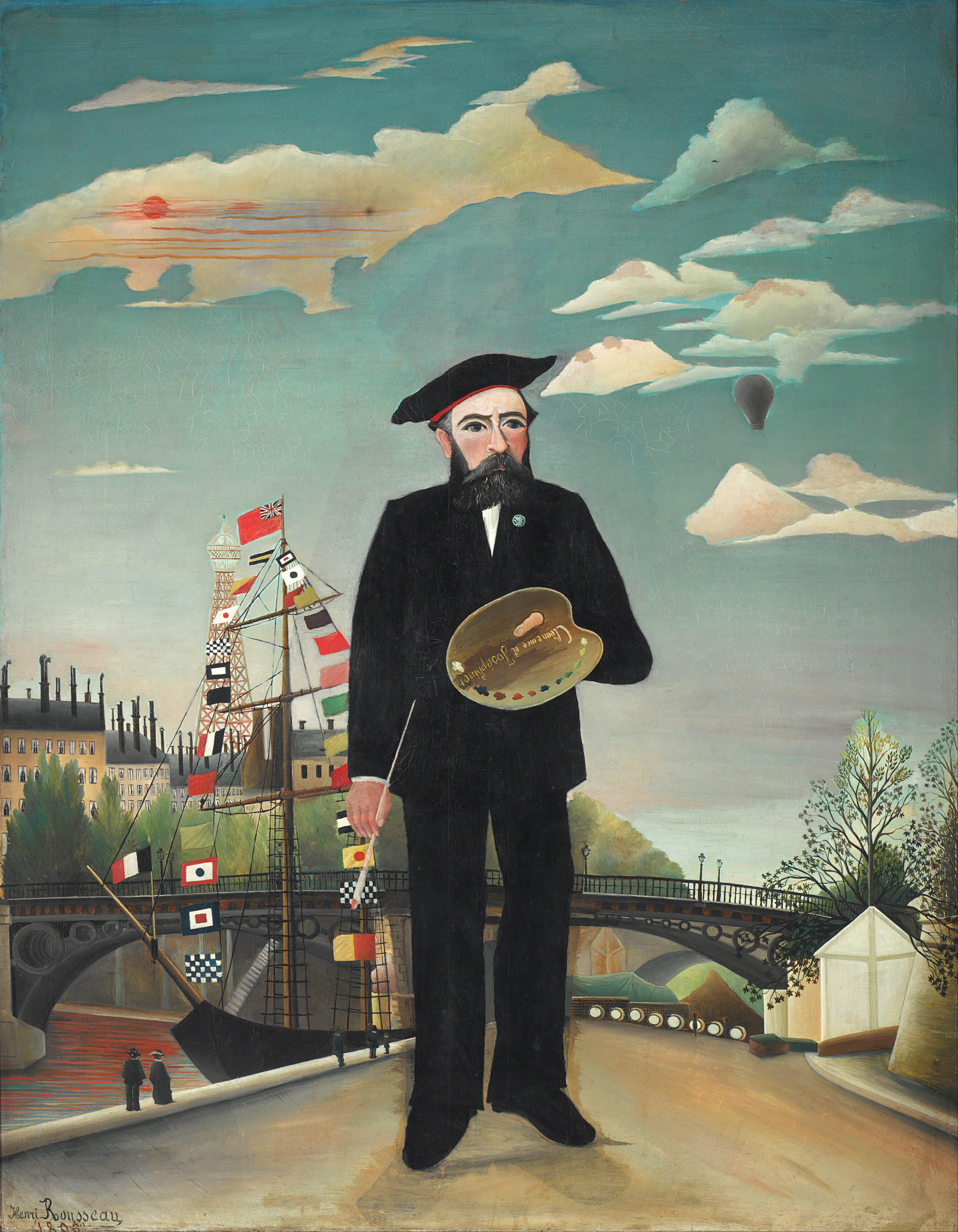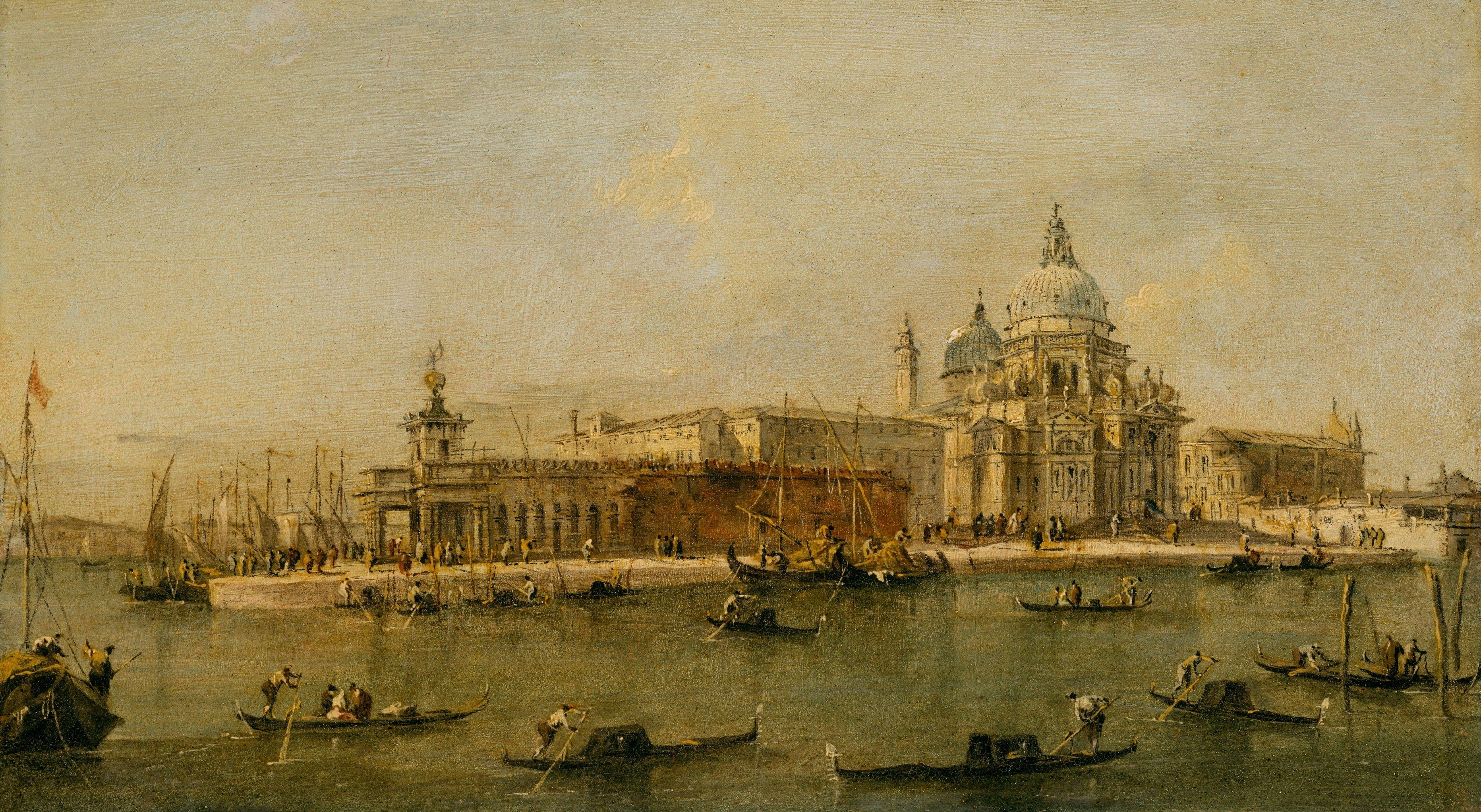May you live interesting times, wished the subtitle of the 2019 Venice Biennale. Since then, the world has experienced the pandemic, new wars, economic crises, and now the first hundred days of Donald Trump’s second presidency, whose schizophrenic, albeit motivated, customs policy has only partially affected imports of artistic goods into the US. Regardless of the 90-day suspension applied a few hours after the entry into force of the April 9, 2025 discord package, the items affecting works of art (chapter 97 of the Harmonized Tariff Schedule, revision 12) all bear a reassuring “free” in the column dedicated to the possible percentage on the value applied as duty. The Merchandise Processing Fee is 0.34%, with a $600 cap, and the so-called Bond, required for agencies without a tax position in the USA and subject to minimum and maximum limits, remains in place. The total amount does not exceed 1%.

“The American import agencies assure that, for customs items relating to paintings, sculptures, drawings, and prints, nothing will change with respect to the status quo,” confirms Andrea Benedetti from Apice, a main Italian player in the field. He also emphasizes that the real issue concerns the nature of the objects and, potentially, their origin. Indeed, according to Francesco Ferri of the Florentine shipping company Fracassi, after the suspension—and unless the European Union and the United States reach a different agreement—it will be furnishings or, more generally, decorative objects (i.e., those not falling under Chapter 97) that will be subject to taxation. A chair, a table, or a mirror is currently considered a furnishing item rather than an antique work, and is therefore subject to a 10% duty. Of course, it is possible to declare that the object to be imported is a sculpture, as some galleries attempted during the last edition of TEFAF New York. “But if, at the time of inspection, the customs office does not agree with the classification, then in addition to the duty, a fine will be imposed” recalls Gianni Renosi, owner of Ferrari and Lorenzi, a second-generation shipping company.

In the current customs whirlwind, the Americans do not seem entirely unprepared in regards to arts, and it is reasonable to assume that the grey area surrounding antique objects will also eventually find an appropriate resolution. After all, the absence—or near absence—of customs duties on the import of artworks into the U.S. (specifically, works over 100 years old) has long placed American collectors and the many institutions they support in a highly advantageous position to acquire art from around the world, Italy foremost among the sources.
And not just for works of modest value, but especially for those that are expensive, ancient, and rare—precisely the ones most affected by customs duties—the prospect of paying more to secure ownership does not serve to protect a domestic market that, in reality, lacks the goods in question. Rather, such a barrier would more likely inhibit imports, potentially redirecting capital toward other assets perceived by buyers as more economically viable.
At that point, however, the implication would be that the United States—historically a colonizing power that has grown and thrived in part by absorbing the cultures of others—would begin to resemble a “normal” country, one that must protect its internal market in order to survive.

Ray Dalio, founder of Bridgewater Associates—the world’s largest hedge fund—explored whether, and to what extent, the U.S. empire is undergoing a decline in his book Changing the World Order (2021). From the perspective of the antiques trade, what we can do is observe and document the trends reported by American shipping agencies. According to Jo Ferrara, General Manager of Freight Italia (a subsidiary of NTG Air & Ocean), “Imports of art and antiques from Italy have slowed since the beginning of the year, partly due to the introduction of a 10% tariff and broader global instability. However, given the unique nature of these goods and the strong base of wealthy U.S. consumers, we are already seeing signs of recovery.” This contraction—likely only partially attributable to the new tariffs—was also highlighted in the Art Market Report 2025 by Arts Economics. Its overview of the U.S. market aligns with what Claudio Liuzzi, CEO of Euro Express, has observed firsthand: “For us, the United States remains our top export destination, but shipment volumes have been declining for several years”.
Predicting the future is impossible, as the best economists remind us—even though attempting to do so remains necessary (Daniel Kahneman, Thinking, Fast and Slow, 2011). Many, nonetheless, try to chart a course forward. From the Convent of San Francesco in Coimbra last week, former European Central Bank president Mario Draghi issued yet another urgent appeal to Europe: to finally implement policies that resist the notion of “happy vassalage”. “Believing that we will return to normal trade relations with the United States after such a major rupture is a gamble”, Draghi warned. He added, “We should ask ourselves why we ended up relying on U.S. consumers to drive our growth—and how we might instead grow and create wealth independently”. Perhaps, more than tariffs, this is the real issue to fix.
20 May 2025


